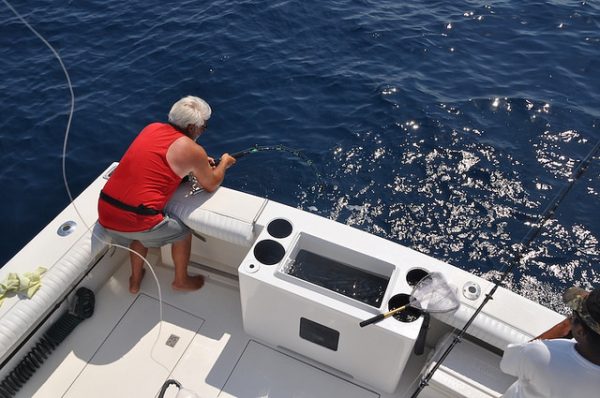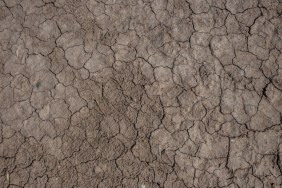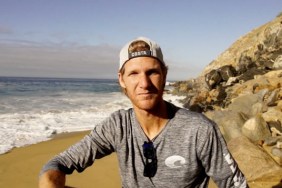Many boating anglers who are relatively new to the fishing scene need to develop a sense for how the winds will interact with their boat and local waters. Sometimes “beginner” anglers will not catch fish even though the fish are in the area. It usually has to do with the presentation of the lure which is directly affected by how the vessel is moving or drifting.
Winds are a big player in drift fishing, especially if by vessel, as the wind direction and wind speed can negatively impact drift speed, drift angle, or make conditions unsafe for the boating angler. By having a firm knowledge base for how to manipulate your vessel’s drift, anglers can gain a slight edge over other recreational anglers.
Slowing Down Your Drift – Sea Anchor
Sometimes the speed of the wind combined with the tidal or ocean current will make the lure or bait move too quickly for the fish to see and bite it. When the boat is drifting at high speeds (greater than 2.0 knots) for most fish species, by the time the fish sees and reacts to the bait or lure, the lure is completely out of the fish’s strike zone. If this is the case, deploying a Sea Anchor or Drift Sock can help slow the boat down and give the lure more time in the strike zone. They act as a parachute for the boat and can generally slow the vessel down by 0.5 to 1 knot depending on a few variables (size of drift sock, vessel’s profile, etc).
Changing Your Drift – Power Drifting
At other times, additional measures are need to either slow down, speed up, or change the drift angle. This is where power-drifting comes into play as anglers can use the engine by bumping in and out of gear to manipulate the drift. Sometimes powerdrifting is the only way to put a catch together when the conditions are unfavorable. Power-drifting can also be utilized to keep anglers over an area for a greater amount of time, especially if getting repeated fish from the location.
Knowing Your Area and the Landscape
There are days when it may be the only chance for angler can get out and fish, yet the conditions such as high winds make it nearly un-fishable. Generally, there are always locations that can be fished in certain wind directions. Most bays, estuaries, inlets will have some type of land structure around it which may provide some fishable areas on an otherwise bad day. Land structures of higher elevation will deflect the winds providing relatively calm area where drifts are unaffected. The only way to know where to go when conditions are unfavorable is by experience, but a good starting point is having a marine chart of your local fishing grounds and to start thinking on how winds at different directions will affect your vessel’s drift.
A large percentage of saltwater gamefish can be targeted by drift fishing and unfortunately a large percentage of the time the fishing conditions are not ideal, as most coastal areas experience some type of varying breeze. So the next time your out and conditions become unfavorable, use these techniques to help put some fish in the boat.
Photo credit: Flickr CC








